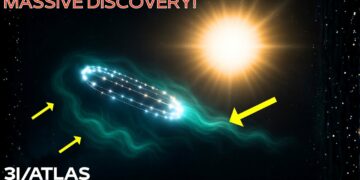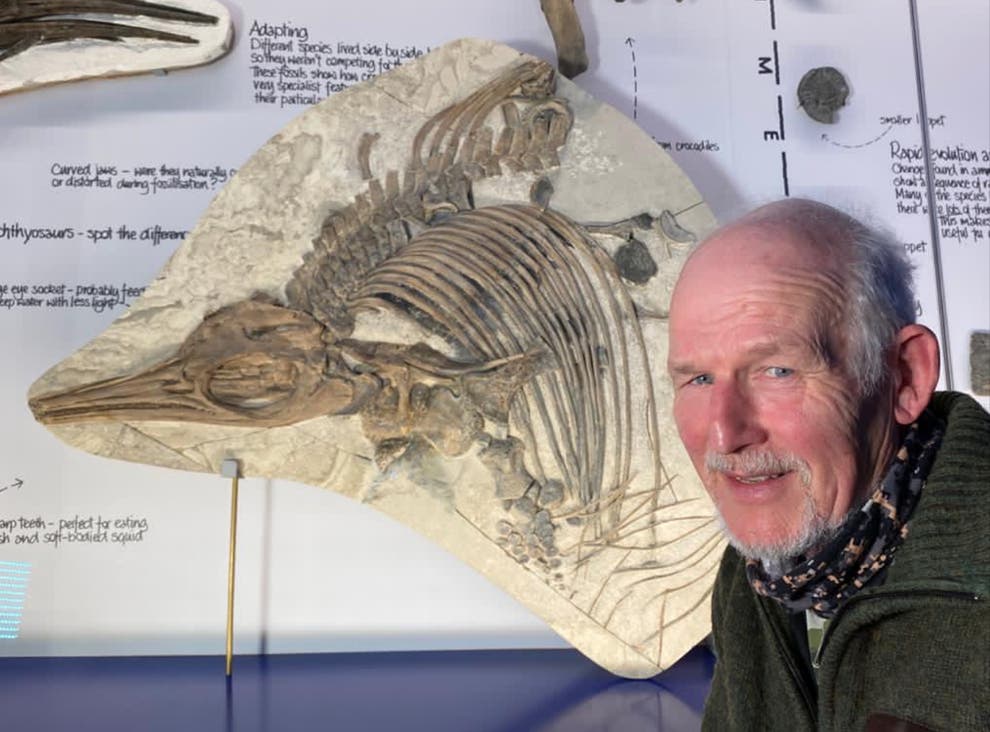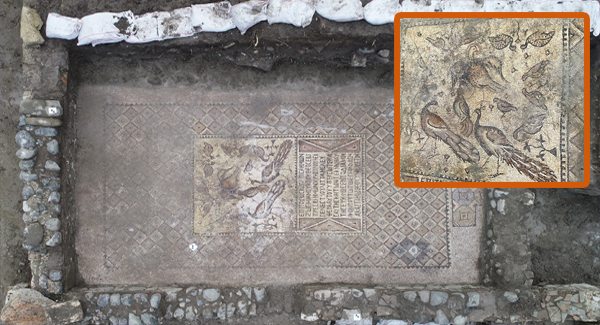The concept of interdimensional beings is central to many biblical stories, including those of angels and devils. These narratives suggest a world far stranger than commonly perceived, where beings from beyond Earth may have influenced humanity’s origins. According to some interpretations, these entities inserted their DNA into lower primates, creating humans. The Book of Enoch, long considered lost, has resurfaced with evidence suggesting it was deliberately hidden. This ancient text challenges our understanding of existence, revealing details about humanity’s origins, the influence of otherworldly beings, and the mysteries of the cosmos.
Who Was Enoch?
Enoch, a figure from thousands of years ago, was no ordinary man. Described in biblical accounts as having a unique relationship with God, he was the great-great-grandson of Adam through Seth’s lineage. Genesis 5 traces his ancestry: Seth begat Enos, who begat Cainan, who begat Mahalaleel, who begat Jared, the father of Enoch. Enoch fathered Methuselah, known for living 969 years, and was the great-grandfather of Noah, who built the ark before the Great Flood.
At age 365, Enoch did not die but ascended to the heavens, as noted in Genesis 5:24. Alongside Jesus and Elijah, he is one of only three biblical figures to experience this phenomenon. Unlike Jesus, who resurrected, Enoch and Elijah did not return, leaving Enoch’s fate a mystery. The Book of Enoch, attributed to him, claims to record his visions, travels through celestial realms, and encounters with angelic beings. These writings portray Enoch as a prophet and visionary who glimpsed secrets about the universe, divine beings, and humanity’s destiny.
The Book of Enoch: An Overview
The Book of Enoch is an ancient religious text, originally recorded in Hebrew or Aramaic, and is part of the pseudepigraphal works—texts not included in the biblical canon due to unknown authorship. The term “pseudepigrapha” derives from Greek, meaning “false inscription,” but this label does not fully capture the text’s significance. The book details Enoch’s spiritual and physical journeys, offering insights into the creation of the world, the cosmos, and humanity’s interactions with divine beings.
The book is divided into five sections, each believed to have been written at different times by various authors, primarily during the Hellenistic period (3rd century BCE to 3rd century CE). The oldest section, the Apocalypse of Weeks, predates the Maccabean uprising of 167 BCE. The full text survives in Ethiopic, with fragments found among the Dead Sea Scrolls in 1947, and is considered canonical only by the Ethiopian and Eritrean Orthodox Churches.
Key Themes and Sections of the Book of Enoch
1. The Book of the Watchers (Chapters 1–36)
This section narrates the fall of the Watchers, angels sent to oversee humanity but who defied divine law by taking human wives, resulting in the Nephilim—half-human, half-angelic giants. Led by Samyaza, these angels taught humanity forbidden knowledge, such as weapon-making, sorcery, and cosmetics, leading to moral decay. The Nephilim’s violence and resource consumption prompted divine intervention. Archangels Michael, Gabriel, Raphael, and Uriel enforced God’s judgment, binding the Watchers for eternal punishment and warning Noah of the coming flood. Enoch’s mystical journeys through realms like Sheol and the heavens reveal the consequences of rebellion and the inevitability of divine justice.
2. The Book of Parables (Chapters 37–71)
This section expands on themes of divine judgment and introduces the “Son of Man,” a messianic figure possibly influencing early Christian thought. It describes the judgment of the wicked, the roles of archangels, and cosmic forces like Behemoth and Leviathan. Enoch foretells the flood and the punishment of fallen angels, concluding with his ascent to heaven, where some suggest he becomes the Son of Man, sparking debate about later Christian additions.
3. The Astronomical Book (Chapters 72–82)
Also called the Book of the Heavenly Luminaries, this section details a 364-day solar calendar, contrasting with the lunar calendar used in Jerusalem. It describes the movements of the sun, moon, and stars, emphasizing celestial order and its spiritual significance. Enoch learns of divine records and his duty to share this knowledge, linking cosmic harmony to human righteousness.
4. The Book of Dream Visions (Chapters 83–90)
Known as the Animal Apocalypse, this section uses allegorical visions to recount Israel’s history from the Great Flood to the Maccabean Revolt (163–142 BCE). Figures like Adam, Eve, Abel, and Cain are depicted as animals (e.g., Adam as a white bull, Cain as a black calf), symbolizing purity, sin, or martyrdom. The visions predict a new Jerusalem, the resurrection of the righteous, and a messianic age led by a white bull.
5. The Epistle of Enoch (Chapters 91–108)
This section includes the Apocalypse of Weeks, dividing history into ten periods, with moral exhortations to Methuselah and teachings on righteousness, justice, and divine wisdom. It also details Noah’s birth and prophetic visions, reinforcing themes of divine judgment and human responsibility.
Enoch Across Religions
Enoch is a significant figure in Judaism, Christianity, and Islam, though his book is less widely accepted due to authorship uncertainties. In Judaism, Enoch is a righteous prophet whose heavenly journeys influenced mystical texts like the Kabbalah. Early Christians valued the book, with the Epistle of Jude quoting it directly, but it was excluded from most Christian canons, except in the Ethiopian Orthodox Church. In Islam, Enoch is known as Idris, a prophet gifted with knowledge of astronomy and sciences, briefly mentioned in the Quran (19:56–57) as a truthful man raised to a high station.
The Book’s Implications
The Book of Enoch challenges conventional views of history and existence, suggesting humanity’s origins may involve otherworldly beings. Its detailed accounts of celestial realms, angelic rebellions, and divine judgments raise questions about whether this knowledge was hidden to prevent chaos or moral corruption. The text’s rediscovery among the Dead Sea Scrolls prompts speculation: Are we ready for its truths? Could it advance our understanding of the universe, or might it destabilize our beliefs?
The book’s vivid descriptions of Enoch’s journeys—encountering angels, witnessing the Tree of Life, and observing celestial mechanics—paint a cosmos governed by divine order. Yet, its warnings about forbidden knowledge and the Watchers’ fall suggest that such power can lead to humanity’s downfall. Enoch’s role as a scribe and messenger bridges the earthly and divine, offering insights into our place in the universe and the consequences of straying from righteousness.























